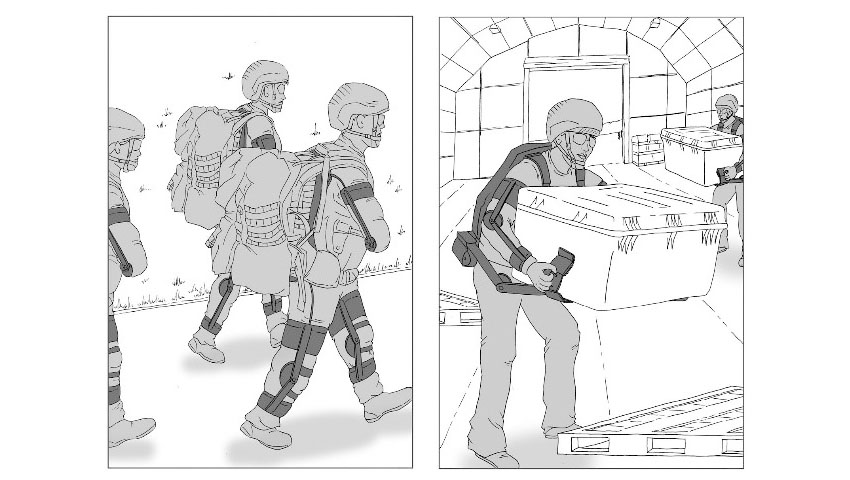Universities have the opportunity to receive up to $600,000 in funding from Defence Science and Technology (DST) for helping Defence “better understand the capacity of wearable assistive technologies for enhancing the physical performance of the soldier”.
To continue reading the rest of this article, please log in.
Create free account to get unlimited news articles and more!
Wearable assistive devices can range from full body exoskeletons to joint support and augmentation, which enhances the body's natural physical ability.
Defence said these technologies "are rapidly maturing", and with 70 unique occupations in the Australian Army alone, the opportunities for the use of these technologies is "endless".
Lockheed Martin showcased its FORTIS exoskeleton technology at Avalon Airshow, alongside Deakin University's Institute for Intelligent Systems Research and Innovation (IISRI).
James Heading, business development senior manager at Lockheed Martin missiles and fire control, echoed Defence's statement on the "maturing" nature of these technologies.
"The innovative work done by the Deakin University team extends the technological foundation for the FORTIS exoskeleton and helps open up a broader range of applications across defence, automotive and mining industries, and we look forward to continuing our engagements together," Heading said.
Deakin researchers have designed and 3D-printed new attachments to expand the functionality of the FORTIS, allowing the exoskeleton to accommodate external loads usually mounted on the back of the human body.
Defence envisions that assistive devices will have a "transformational impact on the tasks and roles performed by the workforce", using examples such as combat engineer squadrons having the ability to build a bridge, or health support companies setting up field hospitals on humanitarian missions.
DST's Land Division is seeking to "build a larger capability in wearable assistive technology research through a partnership with an Australian university", with proposals needing to be submitted by 8 May 2019.
More information on submitting proposals can be found here.

 Login
Login







